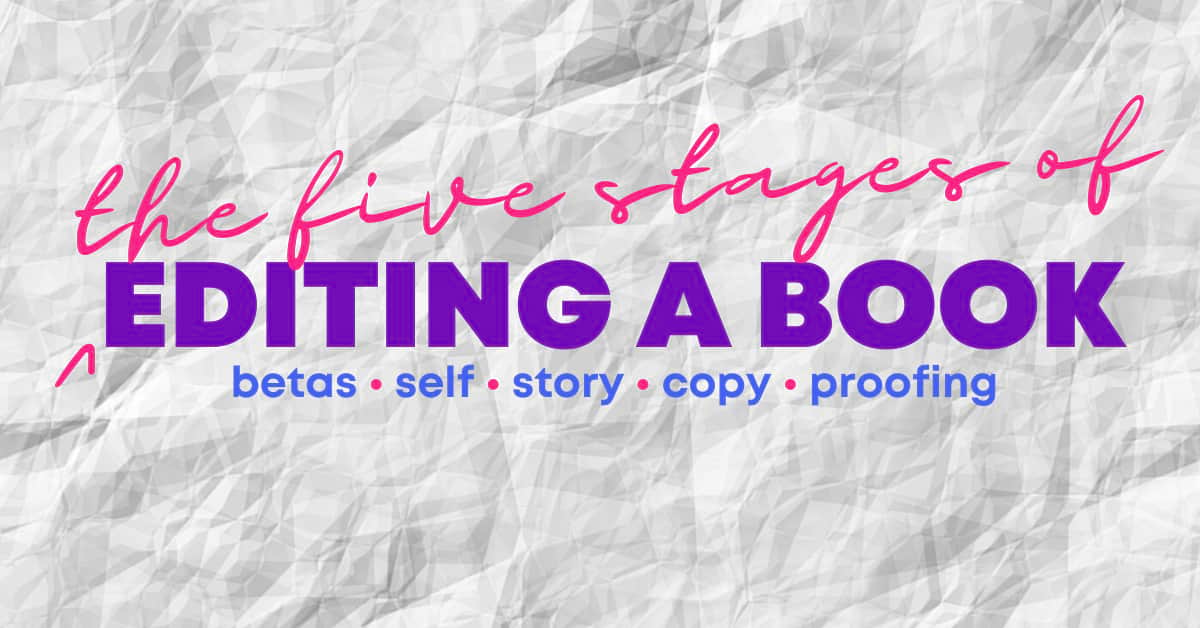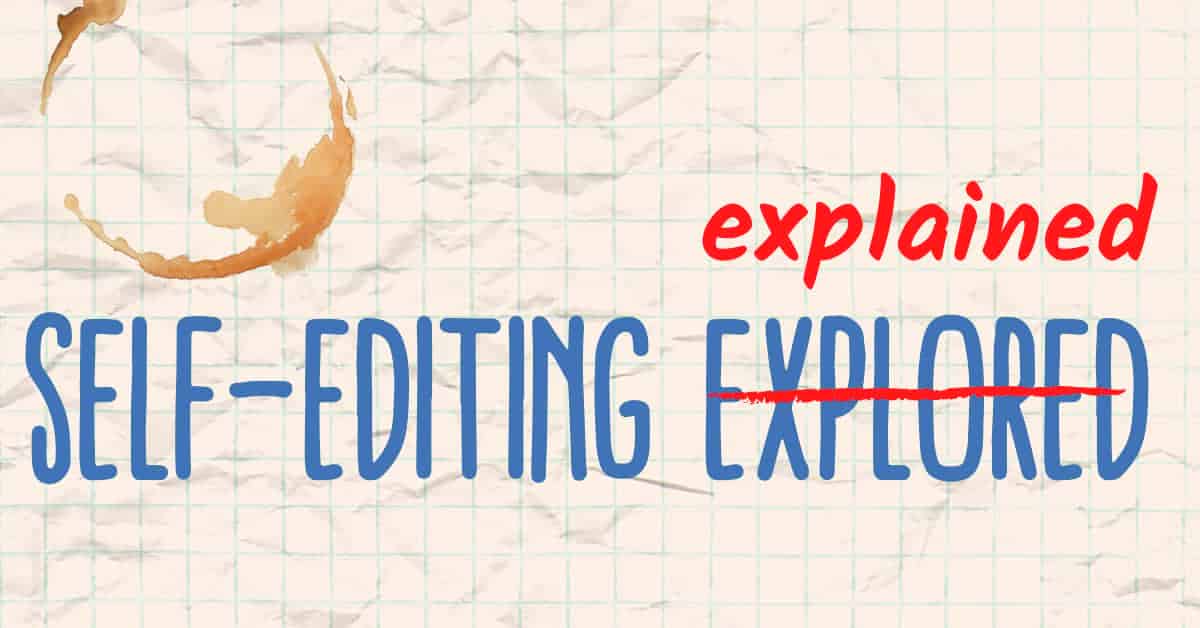
Editing A Book • The 5 Stages
Editing a book is a complex, multi-part process that is best handled by experienced professionals, even if you are self-publishing, and even if you diligently spend a lot of time self-editing.
There are five main stages to editing a book to the proper standard, although some stages can be combined, repeated, expanded upon, or even skipped, depending on your individual needs (which is a polite way of saying: depending on how much of a dog’s dinner you made of things).
As a regular maker of dog’s dinners myself, I have become intimately acquainted with all five stages and can break down how to edit a book properly, as well as giving you various options depending on your individual needs or budget, and point you to some more resources too.
The five main stages of editing are beta readers, self-editing, story editing (which you may know as developmental or content editing), copy editing, and, finally, proofing. It’s important to note there certainly isn’t one correct way to edit; you will need to develop your own process. You will find advice on that below as well, along with help on finding an editor. Read More…

Self-Editing Explained
Self-editing is the process an author goes through before they send their work to a professional editor; it is not a replacement for editing by a qualified, experienced, professional editor. There is only so much work an editor can do to improve your manuscript in the allotted time, and self-editing enables authors to remove the more obvious errors so that a professional editor can really go to work on deeper issues.
If you want your work to really shine, you must make it as good as you possible can before you hand it over to a professional editor.
And it’s a professional editor’s perspective that I think you will find most useful on this topic, so I have invited along Karin Cox to run through some of the ways that authors can self-edit their work and get it in better shape before they send it off to be copy edited. Read More…
^